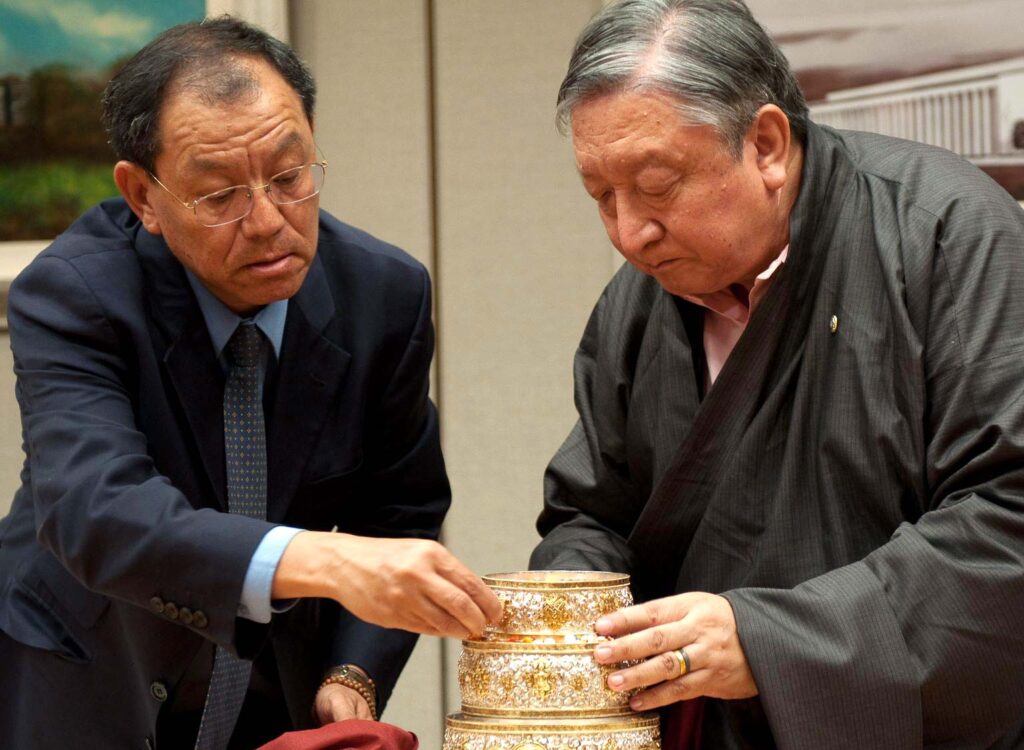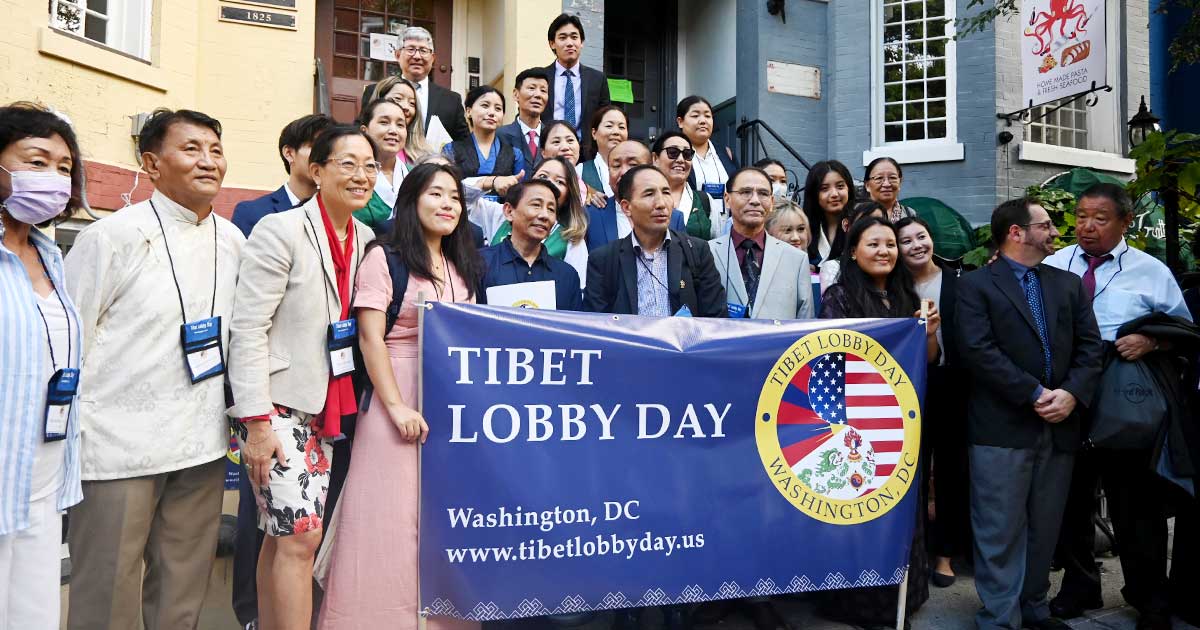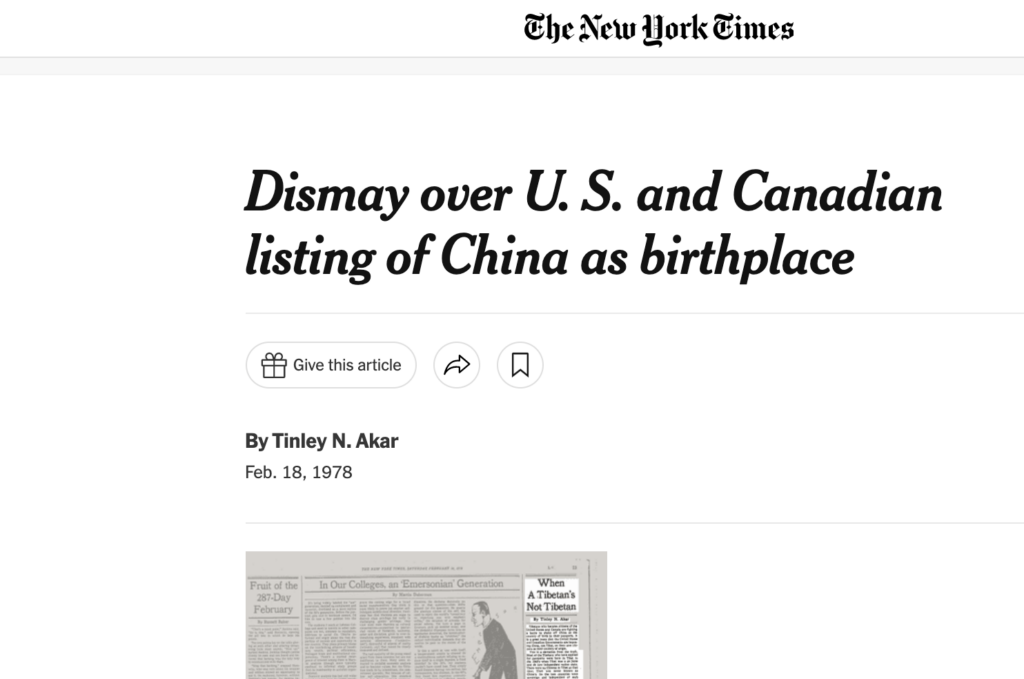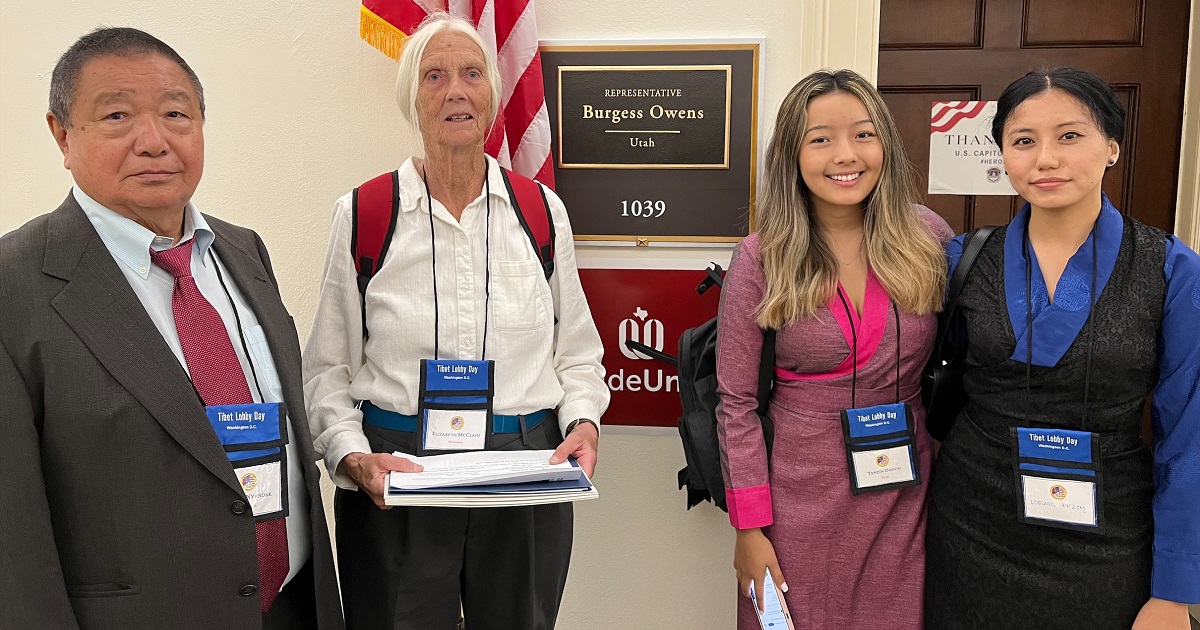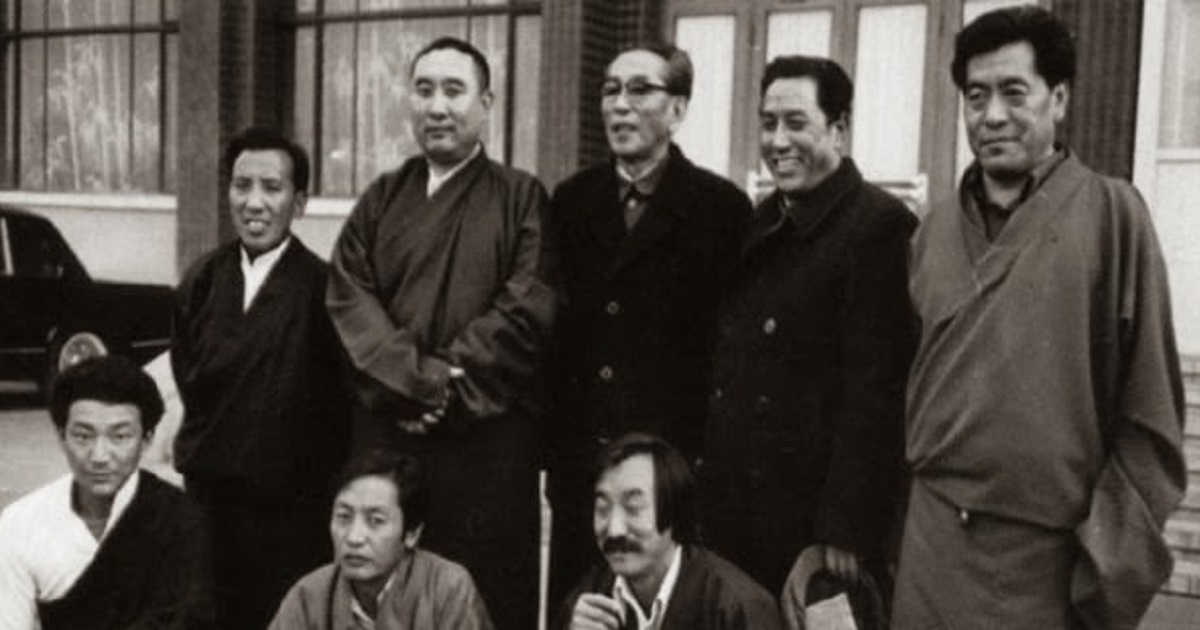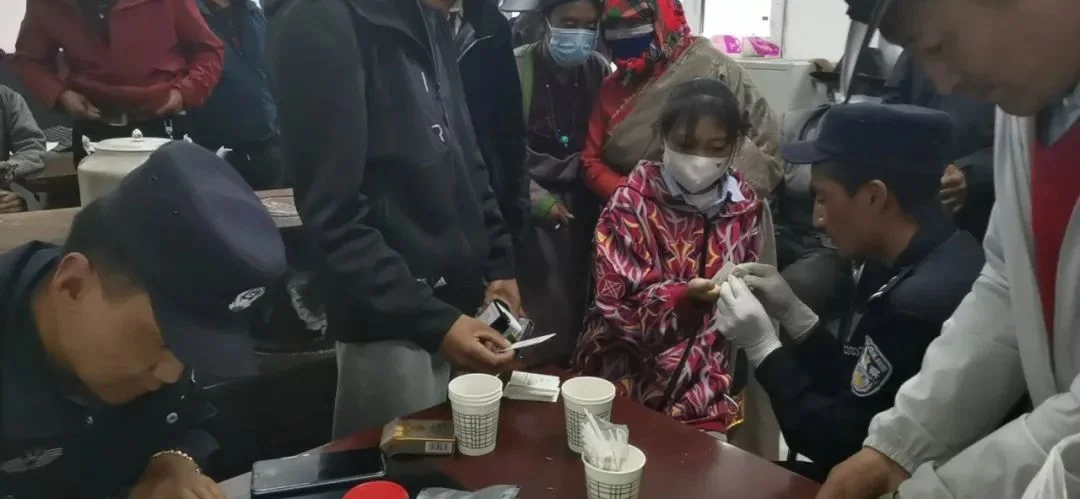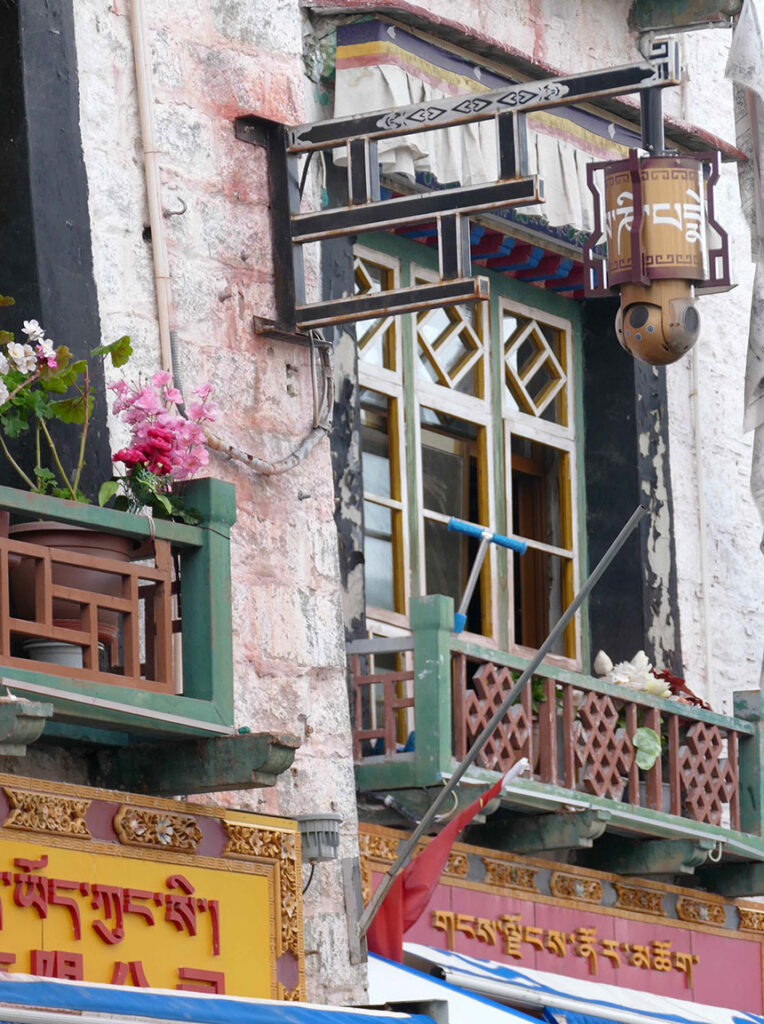Michelle Bachelet’s trip to China is over, but it’s sure to live on in the annals of appeasement. Amid the publication of leaked police files showing horrific images inside China’s internment camps, Bachelet, the UN High Commissioner for Human Rights, declined to condemn Beijing’s genocide of the Uyghurs. And despite Tibet now ranking as the
least-free country on Earth alongside South Sudan and Syria, she avoided visiting Tibet altogether.
But the long-term implications of Bachelet’s trip might be even more worrisome. As Josh Rogin writes in a searing column for The Washington Post, Bachelet “undermined her credibility and the overall credibility of the UN system on human rights.” Indeed, Beijing has been throwing its weight around at the UN and other international institutions, seeking to bend global norms in its repressive direction.
In place of the concept of universal human rights to which all people everywhere are equally entitled, China is pushing a model of “human rights with Chinese characteristics” that, rhetorically at least, emphasizes material progress over personal freedom. By praising China’s “poverty alleviation and the eradication of extreme poverty” in her end-of-trip press conference, Bachelet appeared to validate this opposing vision.
But I’m not writing this blog post just to lambast Bachelet, who has already received stinging criticism from many advocacy groups, including the International Campaign for Tibet. Even the European Union and the US Secretary of State publicly raised concerns about her visit.
I’m also not writing simply to discredit China’s actual policy on human rights. Any policy that justifies sending 60-year-old Uyghur Tajigul Tahir to a concentration camp because her son doesn’t drink or smoke has no credibility in the first place.
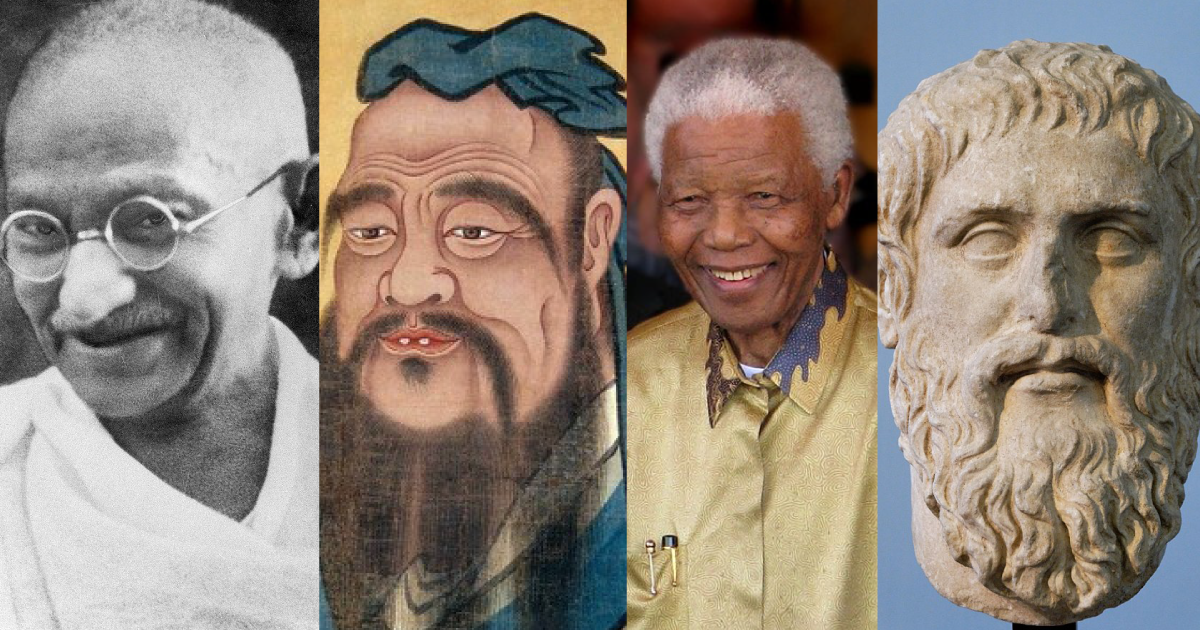
Great thinkers across the world—including Gandhi, Confucius, Mandela and Plato—offer rich insights into cultural views on freedom and responsibility.
Rights or duties?
Instead, I’m writing to address an underlying issue that, frankly, is much harder to dismiss. By promoting “human rights with Chinese characteristics,” the Chinese government is, however cynically, speaking to something that has troubled me for years: Are human rights truly universal, or are they just a Western belief system foisted on the world?
As someone born in the East, I am often inclined to believe the latter. In fact, due in part to my cultural background, the very concept of rights has never made a great deal of sense to me. Instead, like Mahatma Gandhi, I find the concept of duties far more practical. As Gandhi wrote in a letter to the Director-General of UNESCO in 1947:
“I learnt from my illiterate but wise mother that all rights to be deserved and preserved came from duty well done. Thus, the very right to live accrues to us only when we do the duty of citizenship of the world. From this one fundamental statement, perhaps it is easy enough to define the duties of man and woman and correlate every right to some corresponding duty to be first performed.”
My own mother is fully literate and a former schoolteacher, but she imparted similar lessons to me. Although I’ve lived in the United States for all but a few months of my life, the self-indulgence I often encounter in this country still strikes me as foolish and contrary to the ethics and values I was raised with. Moreover, the very idea of individual rights seems to conflict with my Buddhist beliefs—namely, the doctrine that says none of us exist as independent selves in this world, but rather live interdependently with one another. And, for my money, free speech is less valuable than the Buddhist ideal of right speech.
So cultural distinctions do exist. But Gandhi also recognized that the proliferation of rights inevitably runs into a dead end. In his classic text, “Hind Swaraj,” he scorned “in England the farce of everybody wanting and insisting on his rights, nobody thinking of his duty. And, where everybody wants rights, who shall give them to whom?”
Put another way, if we’re all too busy demanding and exercising our rights, who will perform the duty of ensuring the common good?
Personal liberty or economic subsistence?
That’s part of the argument China uses in its critique of Western human rights programs. The Chinese government contends that the success of the country should prevail over the liberty of individuals. Here, too, a valid point lurks within China’s propaganda.
In China’s vision of human rights, the right to development supersedes the rights to democracy and freedom. In many ways, China’s model is the reverse of the United States’. It’s telling that China has signed but not ratified the International Covenant on Civil and Political Rights, while the US has signed but not ratified the International Covenant on Economic, Social and Cultural Rights.
Although Americans have a much higher level of personal freedom than people in many other societies, the US is also stretched to the breaking point by economic polarization. According to a report from the Council on Foreign Relations, “Income and wealth inequality is higher in the United States than in almost any other developed country, and it is rising.”
This inequality undermines human rights—how free can you be in a society dominated by the sliver of the superrich?—but in many ways, it seems born out of the confused idea of freedom one finds in the US. Instead of Americans having a right to the economic equality required for meaningful participation in self-governance, corporations seem to have the nearly unlimited freedom to grow and make profits for their plutocratic owners.
Human rights or pretext for oppression?
This heedless vision of economic freedom—which, like other notions of rights, seems nothing more than a fiction to me—played a role in Britain’s invasion of Tibet in 1903-04. The British forces cited an agreement involving trading rights in Tibet that was signed not by Tibetans themselves, but by imperial China and imperial Britain.
With Tibet refusing to abide by the agreement, the British warned that “it would be absolutely necessary that we should insist upon our rights,” according to a paraphrase by Sir Francis Younghusband, the British Lieutenant Colonel who led the invasion. After overwhelming and massacring Tibet’s amateur troops, Younghusband compelled the Tibetans to sign a new agreement guaranteeing British trading rights—and charging Tibet an indemnity (though the Tibetans did not ultimately pay).
Britain’s claim about its “rights” in Tibet was a fabrication it used to further its colonial machinations in Asia. One century later, the United Kingdom was part of a US-led coalition that cited human rights concerns as part of its justification for invading Iraq—especially after the coalition failed to uncover weapons of mass destruction (WMDs). Of course, the coalition forces themselves went on to commit numerous violations of human rights against the Iraqi people. The rationale for invasion had shifted from defending trading rights to protecting human rights, but in both cases, rights were invoked to achieve an unjust end.
Right or wrong?
These examples show not only the West’s hypocrisy on human rights—which China loves to point out when defending its own record—but also how human rights can serve to perpetuate Western hegemony. The era of the West’s colonization of the rest of the world has largely come to an end, but Western cultural imperialism can live on in part through the globalization of Western values.
As much as I appreciate many of those values, I am not so comfortable with propping up an imbalanced global order built on a legacy of oppression, racism and exploitation. Moreover, as a person of color and the child of an erstwhile imperial domain, I have no desire to be a handmaiden for Western chauvinism and white supremacy.
So, then, does China’s concept of human rights with Chinese characteristics provide a viable alternative to the Western model? No! Setting aside the self-serving, propagandistic elements of China’s claims, it’s also highly dubious that the suppression of personal freedom is necessary for economic growth. In fact, in decades past, the conventional view held that the two went hand in hand, as seen in the West.
But, even simpler than that, China’s illegal occupation of Tibet, its genocide of the Uyghurs and other Muslim groups, its attacks on democracy in Hong Kong and its repression of Chinese people are all the proof you need that Beijing’s defense of its human rights record as culturally appropriate is morally bankrupt. No amount of conceptual reframing can justify China’s brutality against the people it rules.
West or East?
Still, the illegitimacy of China’s approach doesn’t resolve the question of whether human rights are truly universal or just a Western imposition. For that, the work of Nobel Prize-winning economist Amartya Sen is invaluable.
In the 1990s, during a similar debate over so-called “Asian values,” Sen delved into the history of freedom in both the East and West. His theories cover a lot of ground, but it’s important to note that while both some Easterners and some Westerners like to claim that human rights are a Western construct—the former to defend authoritarian rule and the latter to self-congratulate–Sen finds that respect for widespread personal freedom is relatively new even in the West. Universal human rights were not the norm in the Greco-Roman world, nor has the modern West refrained from racial-, gender- and class-based oppression.
Instead, Sen identifies elements of modern human rights in ancient Europe—but also ancient Asia. Take, for instance, China. Although diverse strands of thought (including Buddhism) influenced Chinese culture, Chinese leaders have often invoked Confucius to demand social harmony and conformism. However, Sen unearths examples that challenge this popular view of the great Chinese philosopher.
Once, when someone asks him how to serve a prince, Confucius responds: “Tell him the truth even if it offends him.” (“The censors in … Beijing would take a very different view,” Sen dryly notes.) In another instance, a Governor tells Confucius about a “man of unbending integrity” among his people who denounced his father for stealing a sheep. Confucius replies, “Among my people, men of integrity do things differently: A father covers up for his son, a son covers up for his father—and there is integrity in what they do.”
Human rights with human characteristics
While Sen does not claim that Confucius was a champion of dissent, these examples put the lie to the claim that China’s philosophical underpinnings are purely authoritarian. Moreover, the case of Taiwan, where ethnic Chinese have embraced democracy, shows “Chinese characteristics” may not be so incompatible with the Western take on human rights after all.
Sen also finds examples of the base elements of human rights elsewhere in the world, noting how Nelson Mandela, South Africa’s first President, took inspiration from the democratic meetings he saw growing up in his hometown. “Everyone who wanted to speak did so,” Mandela writes in his autobiography. “It was democracy in its purest form.” On the other hand, Sen notes that the Western canon contains its fair share of illiberalism, writing that “it is by no means clear to me that Confucius is more authoritarian than, say, Plato or Augustine.”
Cultures around the world are intellectually heterogeneous, and while human rights are a relatively new concept that ascended in an era of Western dominance, support for them can be found in many traditions across the globe. For the reasons I state in this blog post, I believe that human rights are an imperfect vehicle for achieving human welfare, and I wish they were seen as expansive enough to include economic justice and corresponding duties.
Nevertheless, human rights are one of the strongest tools we have for holding regimes like China to account, and they can help advance many aims that people across the world support, including morality, justice and compassion. The Chinese government is trying to stymie those aims while hiding behind a falsely culturally specific position on human rights. But in so doing, China is running up against not just Chinese characteristics, but human characteristics, and its flouting of human nature will eventually doom its efforts to failure.

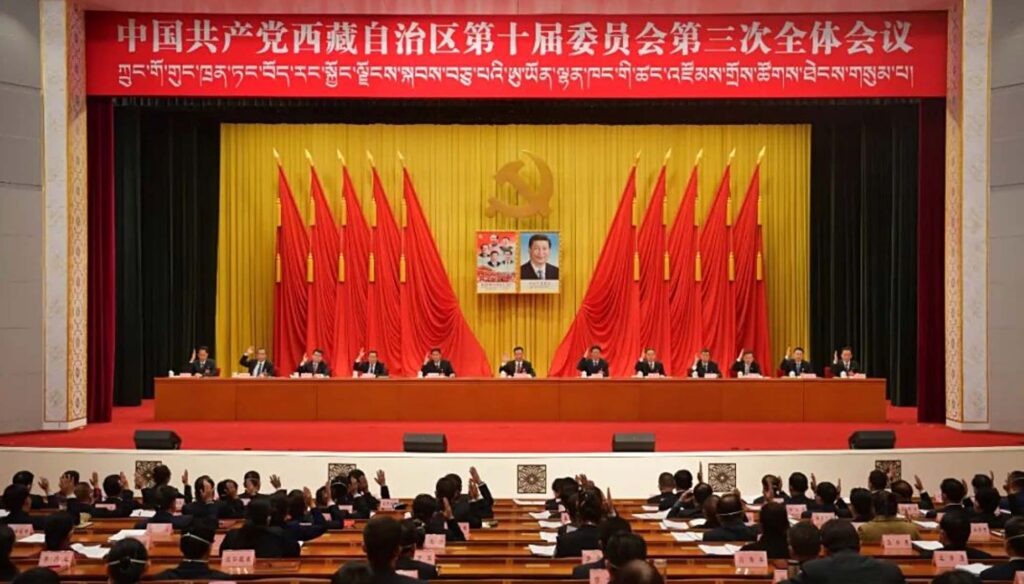
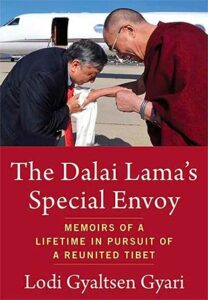 Even though Rinpoche, as he is reverently addressed by people in the Tibetan cultural world, is no longer with us, his legacy lives on and is a daily reminder to many of us at ICT who knew him. Now, a book that he had been working on since his retirement has been published by the Columbia University Press. It is aptly titled,
Even though Rinpoche, as he is reverently addressed by people in the Tibetan cultural world, is no longer with us, his legacy lives on and is a daily reminder to many of us at ICT who knew him. Now, a book that he had been working on since his retirement has been published by the Columbia University Press. It is aptly titled, 